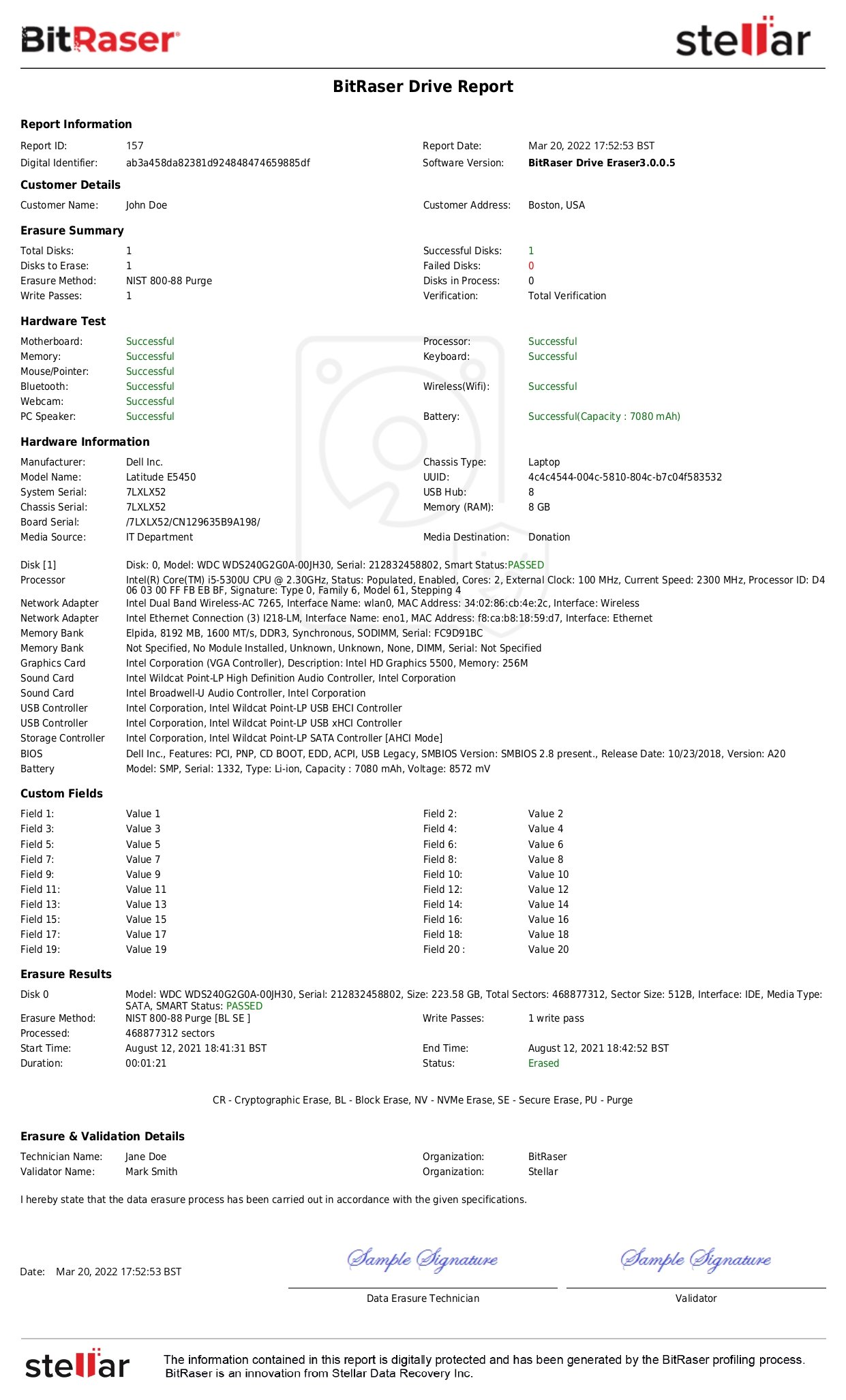As businesses grow, so do the requirements of various applications and software. Integrating them is especially important for ensuring that all segments of the business work coherently. Setting up an ITAD operation can become very complex and daunting. The difficulty is especially evident when businesses try to expand their IT Asset Disposition (ITAD) processes and need to connect multiple internal segments to achieve fluidity in operations. Companies must clearly understand how to manage all segments to avoid disruptions, errors, and costly mistakes.
Business Process Integration & its Benefits:
BPI helps businesses link their data, applications, and people. It lets the company coordinate efforts internally and with its partners, clients, and suppliers. It is often done to improve efficiency or effectiveness or to scale an ITAD business. The significant segments that an ITAD must address are as follows:
- Logistics: Managing equipment transportation from clients' premises to the ITAD
- Processing: Supervising the data sanitization and asset disposition process
- Inventory Management: Managing and cataloging the assets
- Data Wiping: Asset management and end-of-life assets to be sanitized beyond recovery
- Sales: Recovering residual value from assets
- Quality Assurance: Maintaining the standards and regulations
- Human Resources: Handling employee metrics and management
- Economic: Financial and accounting management
The benefits of business process integration are many and varied but can be summarized into these key points:
Improved Efficiency & Productivity:
The most obvious benefit is that it can improve efficiency by eliminating duplicative or redundant tasks. When processes are integrated, there is often a reduction in the number of steps required to complete a task. This reduction can lead to faster turnaround times. In addition, businesses can automate tasks that will free employees to focus on more value-added tasks. Furthermore, companies will no longer have to waste time and resources on duplicate tasks or manual data entry.
Increased Scalability:
One of the main benefits of business process integration is that it enables businesses to scale more quickly. It happens because companies will have access to real-time data, allowing them to make informed decisions about allocating resources. In addition, businesses can quickly adapt to changes in demand without having to make significant changes to their systems.
Improved Accuracy and Quality:
BPI helps gather quality and accurate information by ensuring that information is consistently captured and processed in the same manner. As a result, it can minimize errors and omissions and help to ensure that data is complete and accurate.
Better Decision-Making:
Integrating business processes can also allow for better decision-making, providing visibility into all aspects of the business. It can help managers identify problems early on and make corrections before they become irreparable.
Enhanced Customer Satisfaction:
When business processes are integrated, customers can expect a higher level of service as businesses will be able to respond more quickly to their needs. In addition, customers will have greater transparency into the progress of their orders and will be able to track their shipments in real time.
Overall, business process integration can provide significant benefits for businesses of all sizes. However, it is important to note that BPI is not a one-size-fits-all solution; each organization must carefully consider its own needs and objectives before embarking on a business integration process.
How to Implement Business Process Integration for ITAD Businesses?
Are you looking to scale your ITAD business? Then you'll need to implement business process integration. BPI will help ensure that your processes are streamlined and efficient, allowing you to scale up without running into problems. An ITAD business's success relies heavily on efficient and effective business processes. Here are a few tips on how to get started:
Define Business Processes:
The first step is clearly defining all the processes that make up your business. This will give you an excellent foundation to work from and will make it easier to integrate new processes later on.
Implement Process Improvements:
Once you've identified areas for improvement, implement changes to your process. This could involve anything from automating tasks to hiring additional staff.
ERP Integration:
The next step for ITADs is integrating different segments and business operations through ERP software. Data destruction needs of every ITAD require scalability & manageability that a robust ERP can perform.
Automate:
Once you have defined your processes, look for ways to automate them. This will free up time and resources that can be better used elsewhere.
Communicate:
Business process integration doesn't just mean integrating within one or two departments - it also means communicating with other departments that impact your processes. Make sure everyone is on the same page and knows what needs to be done.
Evaluate Results:
After making changes to your process, take some time to evaluate the results. Do the changes have the desired effect? If not, don't be afraid to go back and tweak your process again.
Document Everything:
It's essential to document all aspects of your processes so that anyone can understand and follow them. This will make training new employees or contractors easier and help troubleshoot if something goes wrong.
Conclusion:
Business process integration is a crucial component for scaling an ITAD business. By integrating disparate processes into a single, streamlined system, businesses can improve efficiency and productivity while reducing costs. The benefits of business process integration are clear, and with the right solution in place, any ITAD business can achieve its scalability, manageability, and productivity goals.









